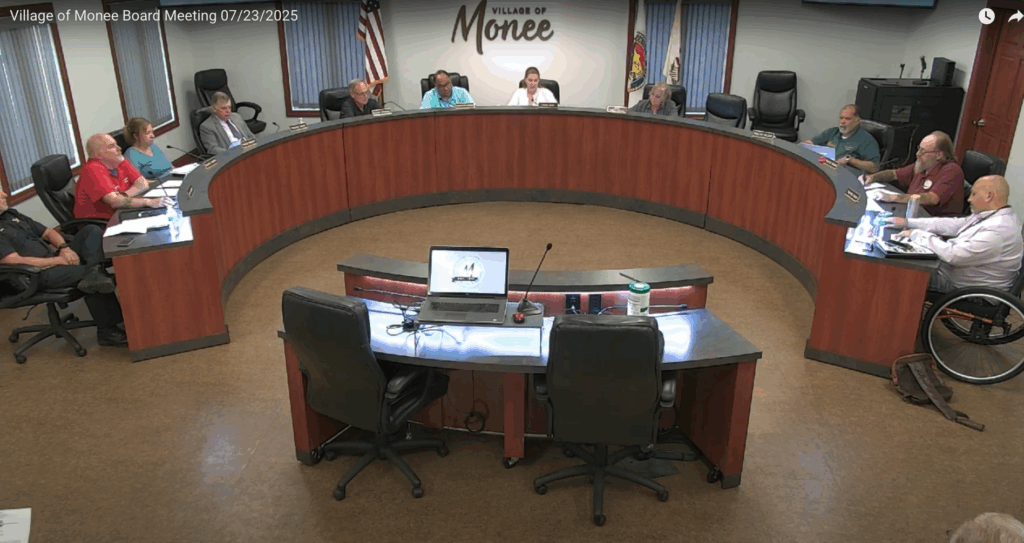
Everyday Economics: Jobs, Waller and whether the Fed can thread the needle
Last week, new Federal Reserve Governor Stephen Miran defended his lone dissent in favor of faster, deeper interest rate cuts. His argument: “Nonmonetary forces” (tariffs, border and tax policy, trade renegotiation) have likely pushed the neutral rate lower, implying economic growth will be slower over the long run and current Fed policy is very restrictive.
Chair Jerome Powell avoided weighing in on White House policy, but flagged a tricky balance: upside risks to inflation and downside risks to employment at the same time – leaving little room for error and reinforcing a cautious path to easing. Markets read his stance as hawkish vs. traders’ quicker-cut hopes.
This week, keep an ear out for Governor Christopher Waller. He has become one of the most closely watched Fed voices on the economic outlook. He’s on the docket to speak in the days ahead, and markets increasingly take cues from him.
The main event: September jobs
August payrolls rose just 22,000, and the jobless rate climbed to 4.3% – classic “stall speed.” Slower hiring broadened beyond interest-rate-sensitive sectors, with only pockets of strength (notably health care). The question for Friday: Was this summer a blip, or the new baseline?
Two cross-currents to frame expectations:
Hiring might be frozen but layoffs also remain low and the workforce is shrinking. Initial jobless claims spiked in early September but have since fallen back toward 218,000, and continuing claims edged lower. That suggests layoffs have ticked down and fewer people are actively looking for work. As a result, the unemployment rate could remain somewhat stable.Pay after inflation slipped. Real average hourly earnings fell 0.1% month oveer month in August (up modestly year over year), a sign household purchasing power is wobbling as prices re-accelerate. Weak real wage momentum tends to cap consumer demand without stoking a wage–price spiral.
What to watch in the report
Headline payrolls: Anything near zero would validate stall-speed.Jobless rate and participation: Unemployment has risen three months running; labor force participation is down vs. a year ago, which can mask underlying weakness.Diffusion across sectors: Are losses widening across all sectors? Breadth matters for recession risk.
Also on deck
ISM Manufacturing & Services PMIs: Timely reads on orders, hiring, and prices. Watch whether input-cost pressure from tariffs is bleeding into services prices.Auto sales (SAAR) and construction spending will round out the goods and building picture.
What it means for the Federal Reserve
If September jobs confirm weak payroll growth, slightly higher unemployment, and tame real wage momentum, the bar for a near-term cut remains low. But Powell’s two-sided risk framing still applies: a hot wage or price surprise would slow the pace of easing. In other words, the path to lower rates likely looks gradual, not a cliff dive.
Latest News Stories
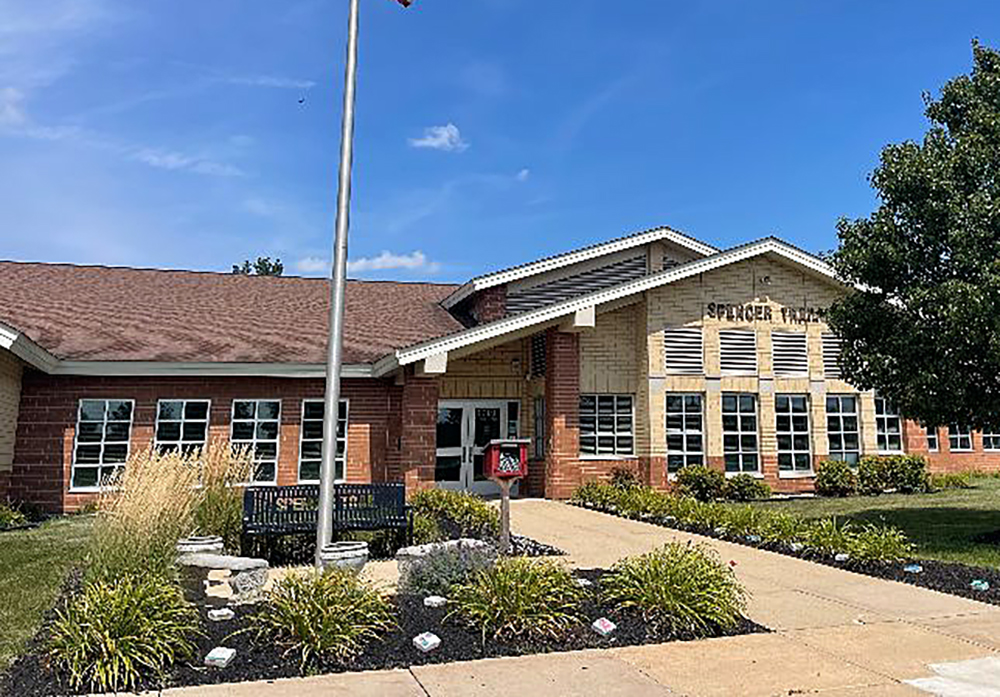
Staffing Shortage Leads D122 to Renew Contract for School Psychologist
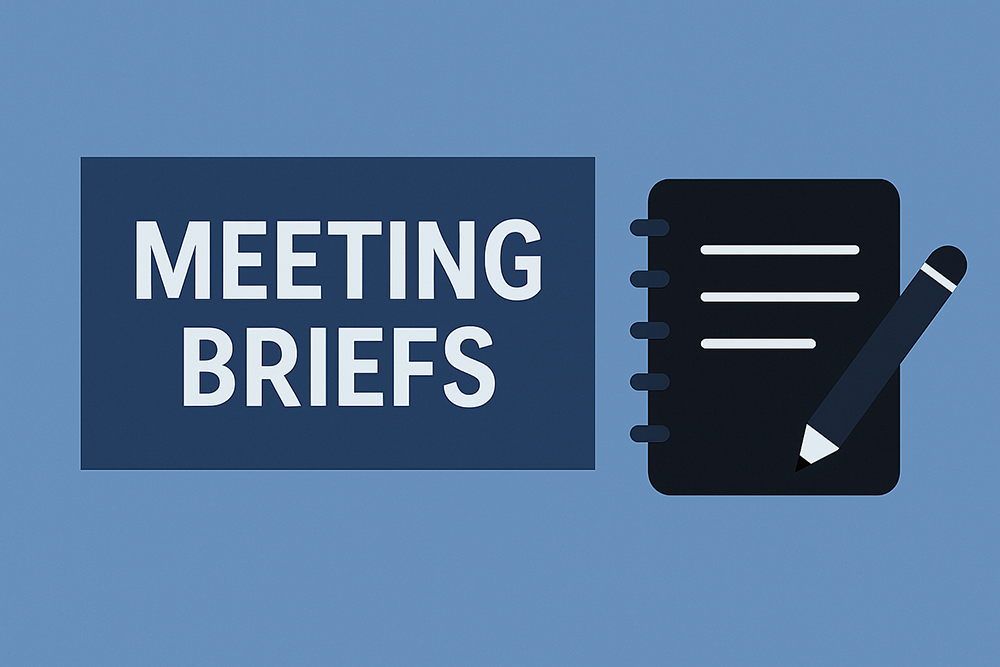
Meeting Summary: New Lenox Township for June 12, 2025

New Lenox Approves Major Residential Subdivision, Paves Way for Route 6 Commercial Growth

Contractor Selected for Sharon’s Bay Park Redevelopment

Contractor Selected for Sharon’s Bay Park Redevelopment

Handbook Changes at D122 Include Swapping PSAT for PreACT
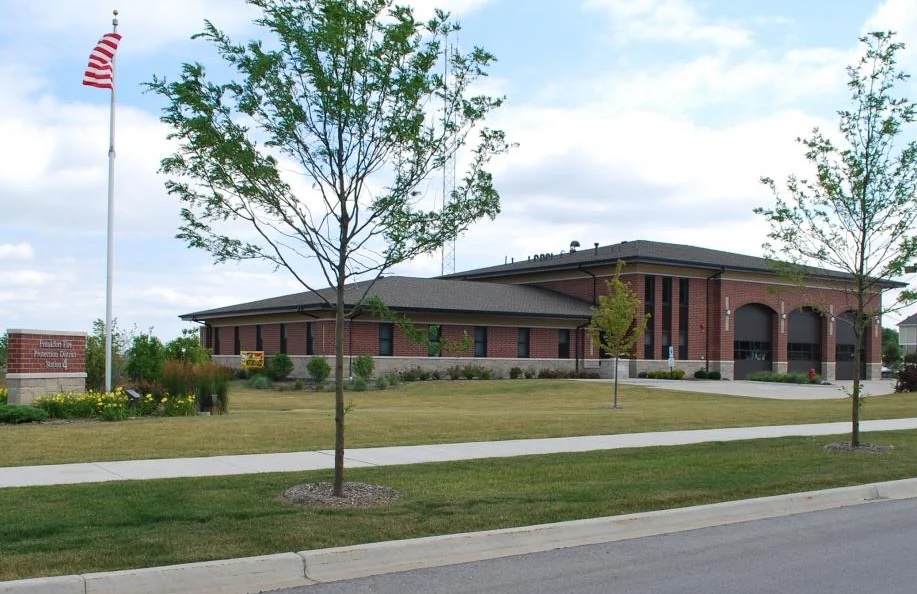
Frankfort Fire District Explores Hiring Consultant for Community Outreach, Potential Referendum

New Dining Options Coming as Village Approves Hot Dog Stand, Restaurant Patio

Meeting Summary: New Lenox Park District for June 18, 2025
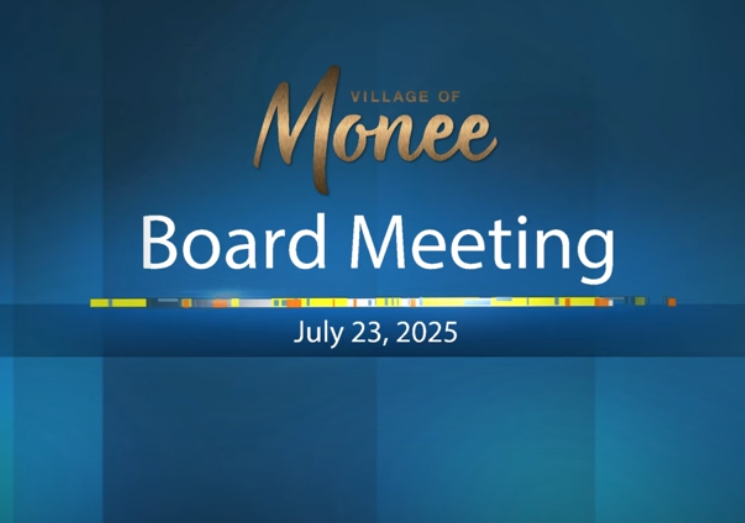
Monee Board Sets Spending Plan with 2025-2026 Appropriations Ordinance

New Lenox School District 122 Honors State Track and Field Athletes
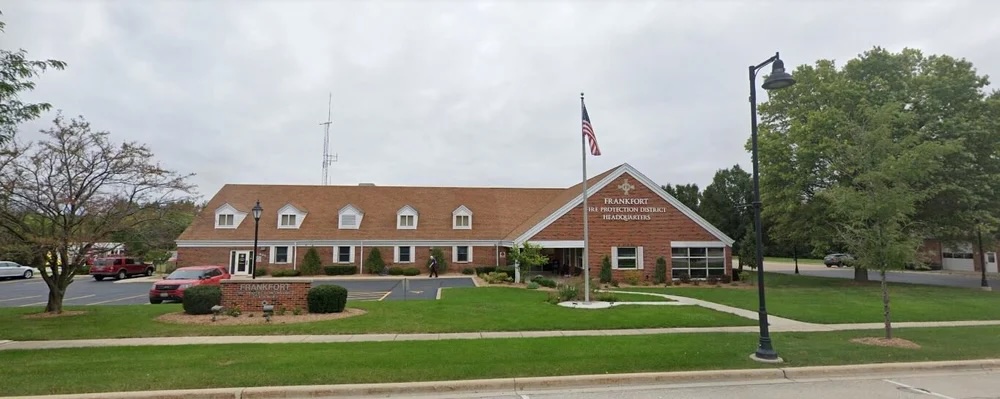
Frankfort Fire District Updates Sick Leave Policy for Non-Union Employees

